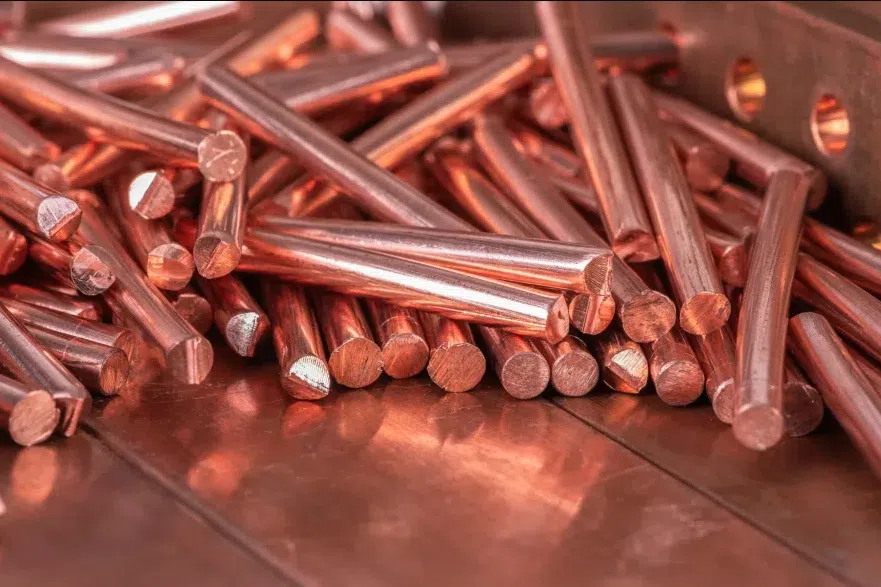Canada’s clean-energy future needs more copper, and a significant project in northern Saskatchewan has been added to Ottawa’s national plan as one way to help meet that demand.
The Foran McIlvenna Bay copper and zinc mine, located about 65 kilometres southwest of Creighton, was named on Sept. 11 as one of five major projects included in the federal government’s nation-building critical minerals strategy.
Read more:
- Sask. copper mine one of five major projects announced by Carney
- Federal fast-tracking northern Sask. mine draws mixed reactions
- Federal government invests $41 million in Foran to produce net-zero copper
Prime Minister Mark Carney announced the list during a press conference, framing the projects as part of Ottawa’s effort to build long-term capacity in minerals that are key to the clean-energy transition.
Construction on the billion-dollar McIlvenna Bay development reached 50 per cent completion at the end of August.
The site will include both an underground mine and an above-ground processing facility. Foran has said the project is expected to create roughly 400 jobs and begin commercial production in mid-2026.
Dr. Kathryn Bethune, a geologist at the University of Regina, said the project’s inclusion in the federal plan points to a much larger reality: Canada doesn’t have enough copper to meet the growing needs of electrification.
“Copper is really essential in energy transition,” Bethune said. “Copper is what electricity is transported in.”
Bethune explained that copper is used across almost every clean-energy application, from wiring in homes and vehicles to wind turbines and the transmission lines that carry electricity across the country.
“It’s that basic,” Bethune said. “There’s quite a demand for copper because it’s required for wiring in all kinds of electric applications.”
Even with recycling and current output, Bethune said the supply falls short.
“Even when you think about recycling, the current copper that’s in use is just not enough to facilitate the transition,” she said. “We need more. Even if we recycle copper, it’s not enough.”
The McIlvenna Bay project is also being designed with sustainability goals in mind. Foran has said it intends to operate the mine with carbon-neutral methods, including the use of electric vehicles, water recycling and reduced emissions at the processing facility.
Bethune noted that exploration in the Creighton area has been ongoing for decades and that bringing a mine from discovery to production often takes many years. She said that the project’s progress, despite being halfway built, underscores the need for immediate action, particularly regarding copper.
“Projects like this highlight a bigger issue,” she said. “Supply just isn’t keeping up with demand.”
With production scheduled for mid-2026, Bethune said the McIlvenna Bay mine is one step toward filling Canada’s copper gap. Still, the demand will extend well beyond what one site can provide.
“Canada’s future will require much more copper than we currently have on hand,” she said.











